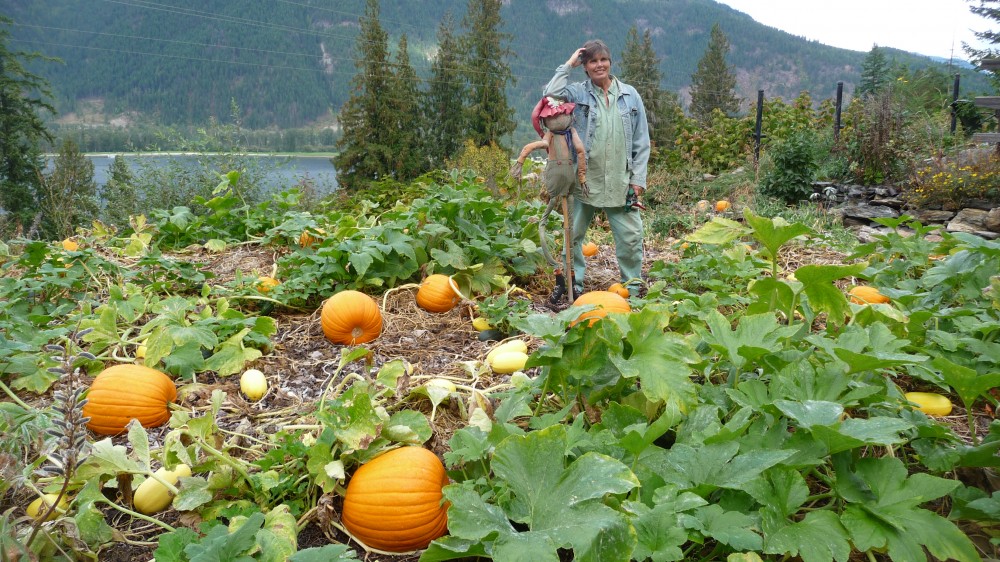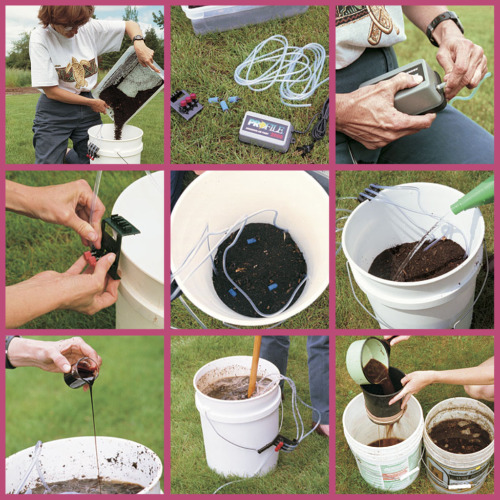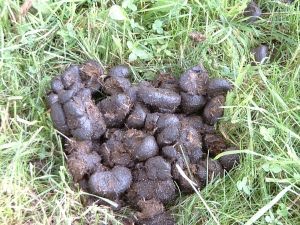“Life is not measured by the number of breaths we take – but by the moments that take our breath away.”
My two friends and I took advantage of the last of the warm, fall weather in mid-October and hit the trails around the base of the Larch Hills area with her horses. As we wound our way up the mountain, we were riding along a fairly dark, wooded area when we came across a yellow maple tree about 25’ high that had begun to shed its’ leaves to the ground below it. Just at that exact spot, the sun had managed to pierce through the heavy fir and cedar boughs and lit up so that it looked like a beautiful glowing globe, which was truly a sight to behold! I used to think that the trees back east in the fall must have been photo shopped to look that brilliant red, orange and yellow until I saw them myself, and they really are truly amazing to see in all their glory. The colourful leaves of fall are a wonder of nature to see and enjoy and they can sure take our breath away, but they also play a fundamental role in forest ecology and are also great to use by us gardeners!
In the forests, meadows and other natural settings, leaves and other organic wastes form a natural carpet over the soil surface which conserves moisture, modifies temperatures and prevents soil erosion and crusting. In time bacteria, fungi and other natural occurring organisms decompose the leaves and other organic material, supplying the existing plants with a natural, slow release form of nutrients. The tree and shrub leaves that drop around your yard are also a valuable natural resource that can be used to provide a good source of organic matter and nutrients in your compost and as a mulch cover. Leaves contain the perfect blend of carbon and nitrogen and provide up to 80 percent of the nutrients a plant extracts from the soil and air during the season, thereby eliminating the need for damaging synthetic fertilizers.
At the Gaia College, we were taught to gather as many varieties of greens (nitrogen) and browns (carbon) as possible and stockpile them until we could create a nutrient-diverse compost pile in one quick step. These materials could include grass clippings (dry is best unless you’re going to use them right away, otherwise they’ll start to cook, stick and stink), leaves (preferably shredded to avoid matting), manures (careful where it comes from and out of!), wood chips and forest litter (a little cedar is OK), larch and pine needles, small plants or seedless weeds from the yard, straw or old hay (again, the smaller the pieces, the quicker it will be digested and broken down and beware that they will have seeds in them), clean sawdust and wood ashes, etc. These goodies will create a rich soil blend for next years’ gardening season and provide the necessary nutrients and organic material for your soil food web and mulch covers. However, this method can take a bit of planning, so now’s is a good time to start with the leaves!
I used to race against time before the frozen hose problem to get my compost bins full before winter, frantically raking and bagging and putting the leaves through the chipper with frozen hands and feet and then building my layers with all the rest of the stuff. Then the light came on (duh!) and now I just do just the leaf shredding and wait until spring to do the layering, which is much warmer and far less stressful and it’s also when the fresh grass clippings become available. Leaves are also great if you’re planning on a lasagna bed (a future column subject!), so try to bag as many of those little lovelies as you can, while you can!
In nature, the trees in one acre of forest shed as much as two tonnes of leaves each fall but it takes 100 years to make 1” of topsoil. We’ve got them everywhere, every year and we can produce soil way faster than that! The last place they belong is the dump or burned in a backyard smoke show, so if you can’t use what’s dropping in your yard, then give them away to a gardener, spread them around in the woods somewhere or mow them into your grass for a natural dose of fertilizer. Ask Santa for a leaf shredder or little chipper this Christmas because the smaller the leaf particles, the faster they’ll decompose and become available to your plants, plus you won’t get any matting. The leaves are best on the dry side for shredding, because they’ll fly through the machine in no time and won’t get gummed up when wet, which is a time-consuming pain.
It must’ve been a bunch of gardeners that designed our Canadian flag, because they knew that all those beautiful red, yellow and orange leaves that take our breath away, are a national treasure and a natural and free resource!
Gaiagardening column Nov ’14









